If you consider revenue the fuel of your enterprise - which you should - then cash flow constitutes your engine. It powers everything. From operational efficiency and financial resilience to short-term survival and long-horizon growth. This is a fundamental, undeniable fact, right? Yet it is revenue that grabs all the headlines; while cash flow receives the token byline mention. More often than not.
In the past, you could afford to think of cash flow as a back-office problem; solved with some manual elbow grease and “tech-enabled” spreadsheet wizardry. But; that’s certainly no longer the case. Today’s volatile economic and operational climate demands more dynamism, precision, adaptability, and scalability. Cash flow has become a strategic weapon, separating businesses that can adapt and thrive from those that falter and stagnate.
At the heart of this transformation lies Accounts Receivable (AR). Once an overlooked corner of the finance department, AR has emerged as a critical driver of decision-making and agility. And the numbers don’t lie. Organizations that master AR processes consistently outperform others, reducing Days Sales Outstanding (DSO) by up to 30% and unlocking millions in working capital. We’re not saying that. The consulting minds at McKinsey are.
The real story here isn’t just about better collections. It’s about rethinking the entire Order-to-Cash (O2C) process and recognizing the strategic importance of accounts receivable automation in the modern business and enterprise finance ecosystem.
The O2C Landscape Evolution
To understand why AR is pivotal today, we need to zoom out and trace the evolution of the O2C process. From its fragmented beginnings to the current era of AI-driven precision, the story of O2C is a tale of growing complexity, escalating stakes, hits-and-misses, and the relentless pursuit of efficiency.
1. The Early Days: Silos and Scramble (Pre-1990s)
In the pre-digital era, the O2C process was a patchwork of disconnected systems and manual workflows. Each department operated in its own silo:
- Sales: Closed orders, often with little regard for payment terms or credit risk
- AR teams: (Frantically) chased overdue invoices with spreadsheets, phone calls, and endless physical paper trails
- Treasury: Relied on incomplete or outdated data to forecast cash flow; often reacting to crises rather than planning proactively
The outcomes? Inefficiency and frustration. Businesses struggled to manage even basic processes like reconciling invoices or tracking overdue payments. According to Dun & Bradstreet (D&B), DSOs regularly exceeded 70 days in industries like manufacturing; choking liquidity and compounding costs.
2. The ERP Era: Centralized but; Constrained (1990s - Early 2000s)
The 1990s witnessed the dawn of Enterprise Resource Planning (ERP) systems like SAP and Oracle NetSuite. For the first time; businesses were able to centralize their data into a (more-or-less) unified repository to manage their financial operations. The O2C process became more structured:
- Sales, Finance, and AR teams: Could gain access to shared data and begin streamlining their processes
- Workflows: Began garnering some semblance of standardization; reducing manual errors and duplicated effort
But; ERPs had their own limitations. While they improved visibility; they didn’t address the deeper inefficiencies in AR processes.
The outcomes? Collections remained manual, disputes dragged on for weeks, and forecasting still relied heavily on manual interpretation and intuition. ERPs centralized the data but; didn’t optimize the end-to-end process.
3. The Rise of Automation and Workflows (Early 2000s - Late 2010s)
As enterprises and their finance teams scaled in the 2000s, the cracks in manual AR processes became impossible to ignore. Enter workflow automation tools and Robotic Process Automation (RPA):
- Basic Workflows: Streamlined repetitive tasks like sending payment reminders, generating aging reports, and measuring basic DSO and ADP trends
- RPA Bots: Handled invoice matching and payment reconciliation; reducing manual workloads by 80%
RPA came as a godsent game-changer for repetitive, rule-based tasks. But; very quickly it too surfaced some key limitations.
The outcomes? RPA struggled with enabling nuanced decision-making, and workflows often failed to adapt to real-world complexities like multi-currency transactions, unexpected disputes, or exception management. While automation improved (and continues to improve) efficiency, it didn’t solve for scale or complexity at speed.
4. The AI Breakthrough: From Automation to Intelligence (Late 2010s - Today)
In recent years, AI and Machine Learning (ML) have pushed O2C into a new frontier. Unlike traditional process automation - which follows predefined rules - AI thrives on quantums of complexity. It analyzes vast datasets, identifies patterns, and makes predictions with a level of precision humans simply can’t match:
- Predictive Analytics: Accurately forecast payment delays and identify high-risk accounts
- Dynamic Segmentation and Personalization: Tailors collection strategies based on customer behavior and risk profiles
- Real-time Decision Engines: Ensures disputes are resolved quickly; reducing outstanding balances by 20–30%
AI is speeding up AR processes. it’s transforming them into a proactive, strategic function that drives better cash flow, operational efficiency, customer satisfaction, and repeat business opportunities.
Accounts Receivable: The Not-So-Quiet Champion of Working Capital
AR is no longer just about chasing payments. It’s the linchpin of cash flow optimization, business momentum, and strategic growth. Here’s why AR is the silent hero behind thriving businesses:
1. Stabilize Cash Flow: From Reactive Collections to Predictable Inflows
Cash flow isn’t just an accounting metric. It's survival. But; too many enterprises still rely on outdated, manual methods to collect what they’re owed. This comes at a massive cost that compounds over time. Something I broke down in a recent blog post here.
Tech-enabled AR teams no longer need to blindly chase outstanding payments or manually track aging buckets on disconnected spreadsheets. Instead, they can lean on AI to:
- Proactively flag at-risk accounts before payments are delayed; based on dynamic account health scores
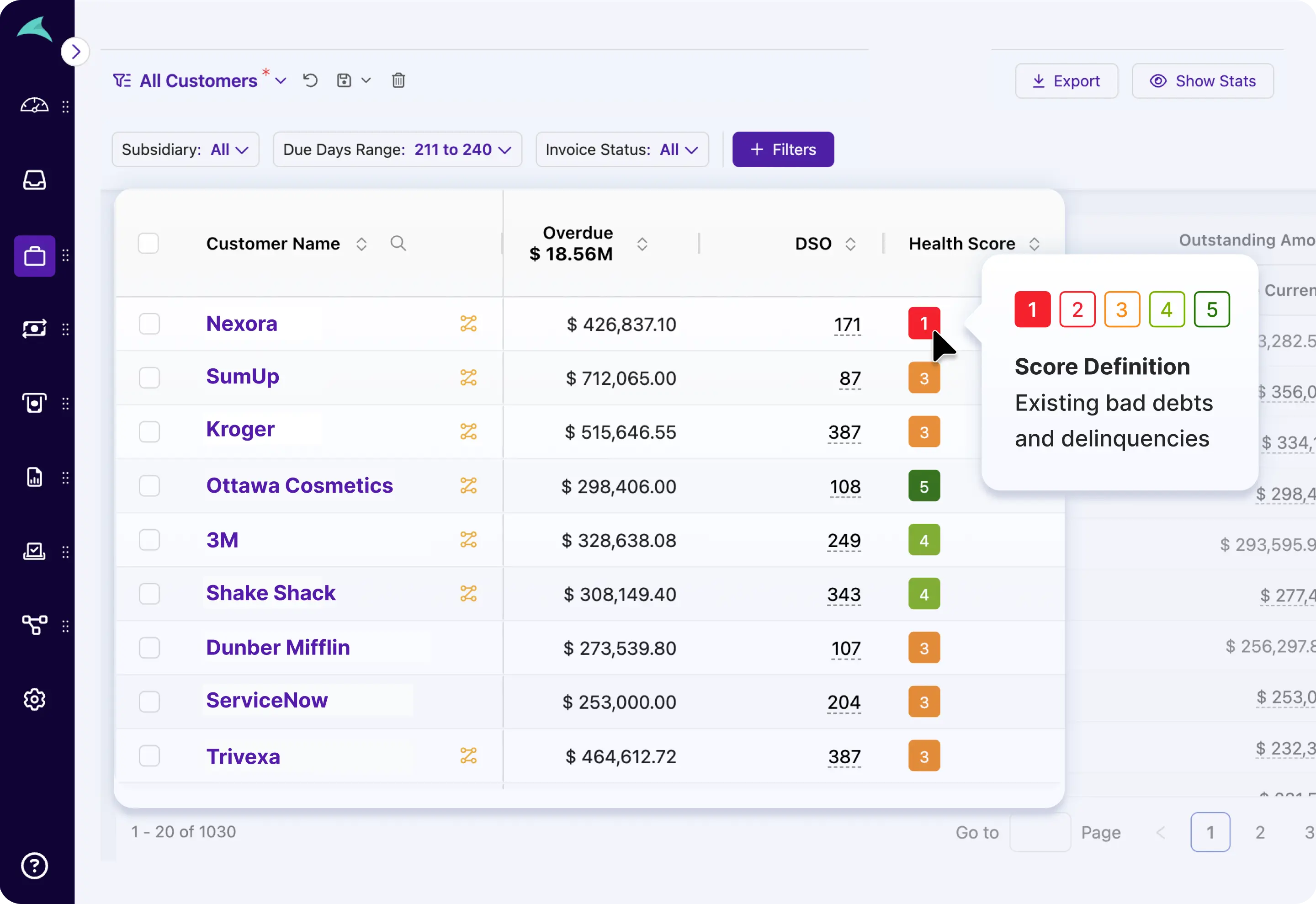
- Trigger personalized, time-optimized nudges and intelligent automated workflows based on customer behavior, payment history, risk, value, and collection strategies
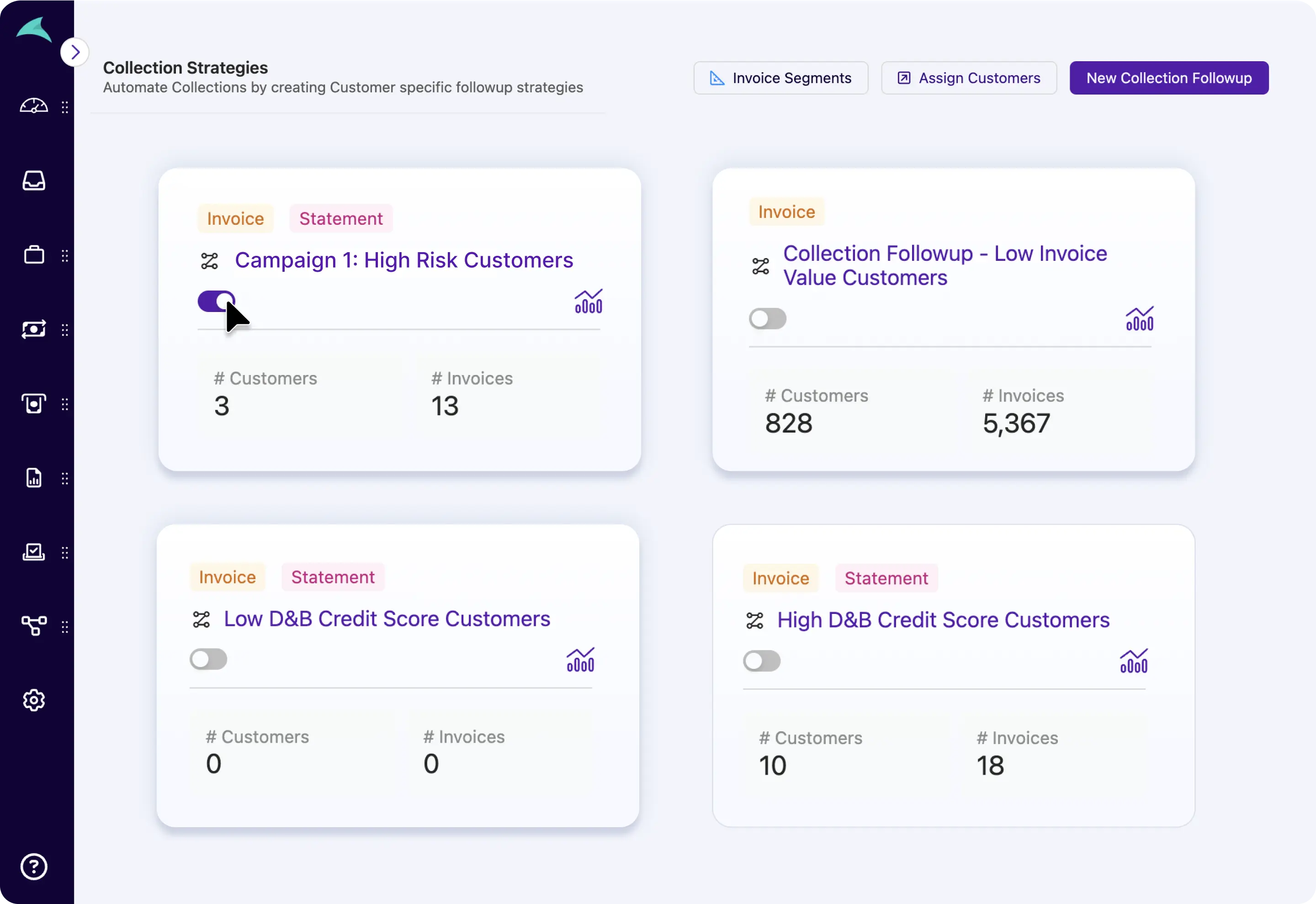
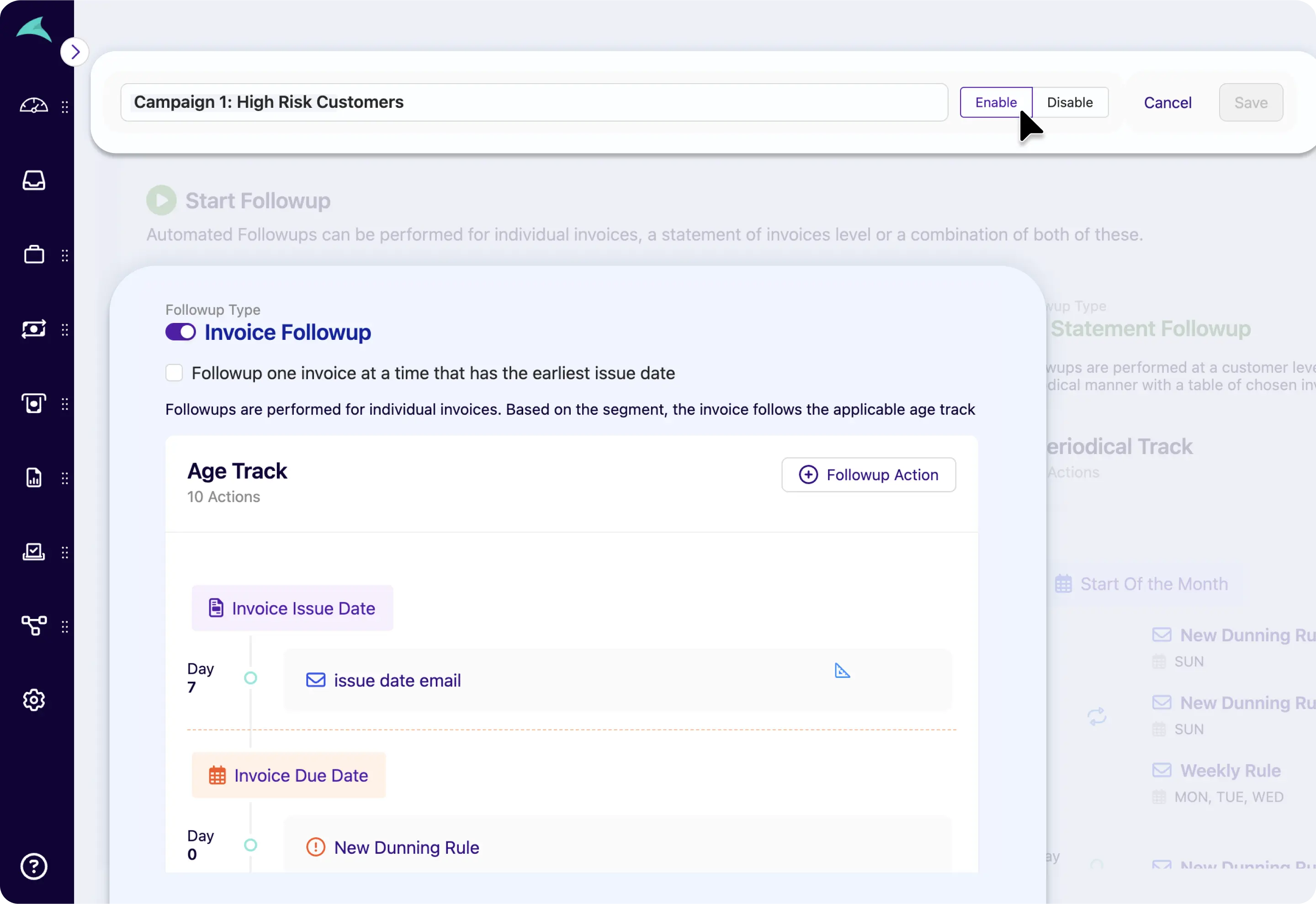
- Reduce DSO by up to 33% and improve liquidity that can be redirected into growth levers like talent acquisition, R&D, market penetration, and expansion
2. Build and Amplify Customer Trust: Where Collections Meet Experience
AR is the final brand touchpoint in the customer journey. And; if it’s clunky or aggressive, it leaves a lasting scar. Learn more about the impact of AR on maintaining and improving customer relationships in my post here. But; beyond that modern AR automation software offers:
- Customer self-service portals help track invoices, raise disputes, and make payments with complete transparency and clarity
- AI tailors the tone, outreach, and follow-up cadence based on unique customer payment behavior, risk-scores, and contract value. So; every interaction feels empathetic and contextual
- Finance, Sales, and Customer Success stay internally aligned with up-to-date account information. This avoids awkward or aggressive conversations that erode trust
3. Fuel Operational Excellence: Scale Without Growing Headcount
Manual AR processes are time-consuming, error-prone, and unsustainable at scale. By embracing modern AR automation software; AR teams can automate tasks like cash application and dispute resolution at scale and velocity to:
- Track, manage, and collect higher volumes without bottlenecks or burnout
- Focus on high-value activities like optimizing credit policies and predicting cash flow
- Operate with precision, ensuring that no invoice or dispute falls through the cracks
4. Enable Strategic Decision-Making: Let Your Data Talk Intelligence Inform
The data flowing through AR holds the key to deeper insights. And; this needs to be accessed in real-time for AR to become a revenue intelligence engine and not a cost center. Modern AR automation software unlocks data-driven insights to help AR teams with:
- Live visibility into aging buckets, customer risk, and payment behaviors
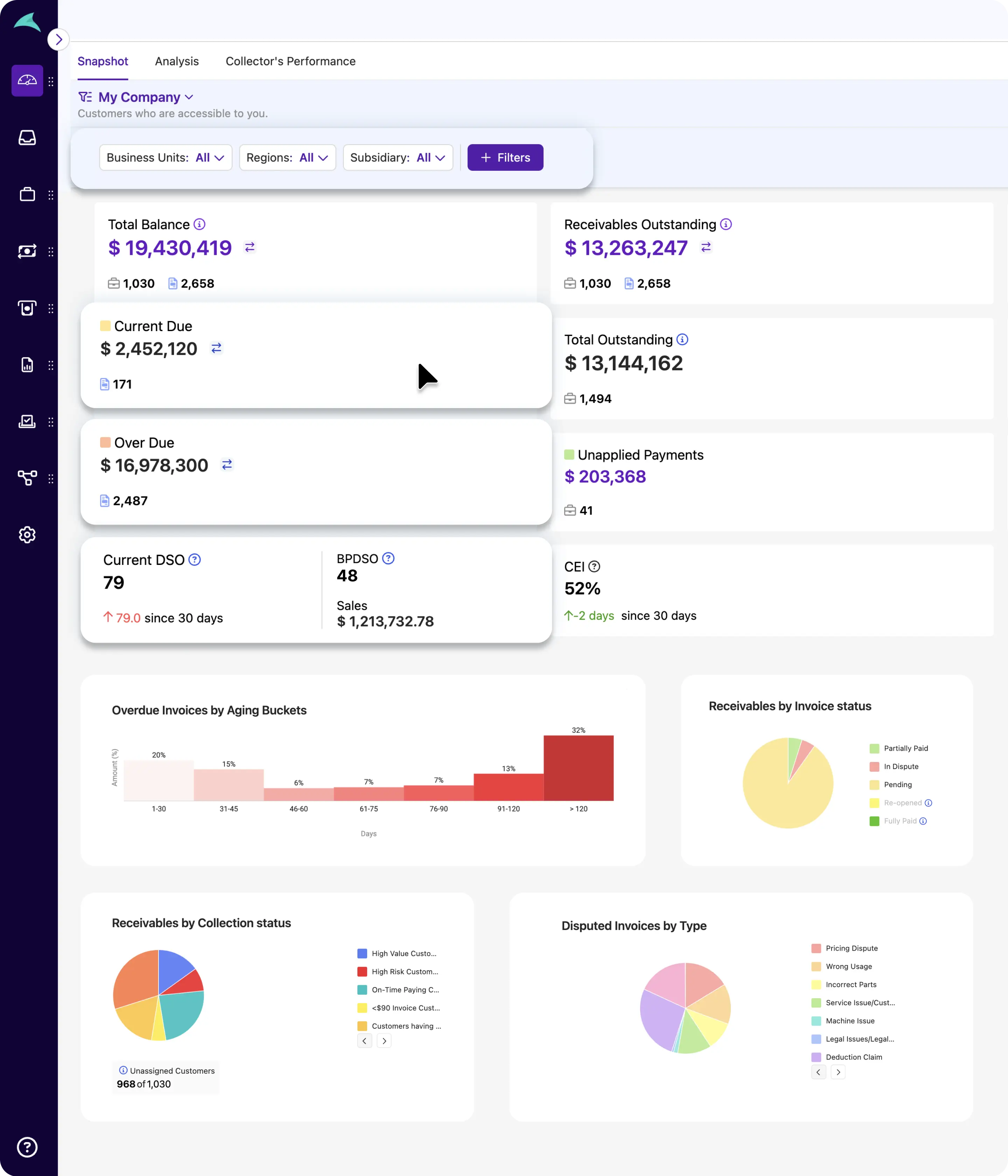
- Future-forward forecasting intelligence that adapt to trends in unique customer payment patterns at an individual and cohort level

- Insights that serve as a springboard for smarter pricing, credit, and resourcing decisions helmed by Finance, Sales, and Leadership
Cue Drumroll: The Precision-Scale Era
We’ve entered the Precision-Scale Era, where enterprises thrive not by working harder but; by optimizing processes, people, and perseverance. Organizations that unlock decision quality and action velocity in AR transform cash flow from a reactive chore into a strategic advantage.
The question isn’t whether to embrace this shift. It’s how quickly you can adapt to it. Because winning companies aren’t waiting to find out.
Ready to double-down on your accounts receivable management to transform into a winning organization? Get a complete download on how you can get started on your winning journey via a free personalized consultation, today.



.png)
.webp)


.webp)













.webp)




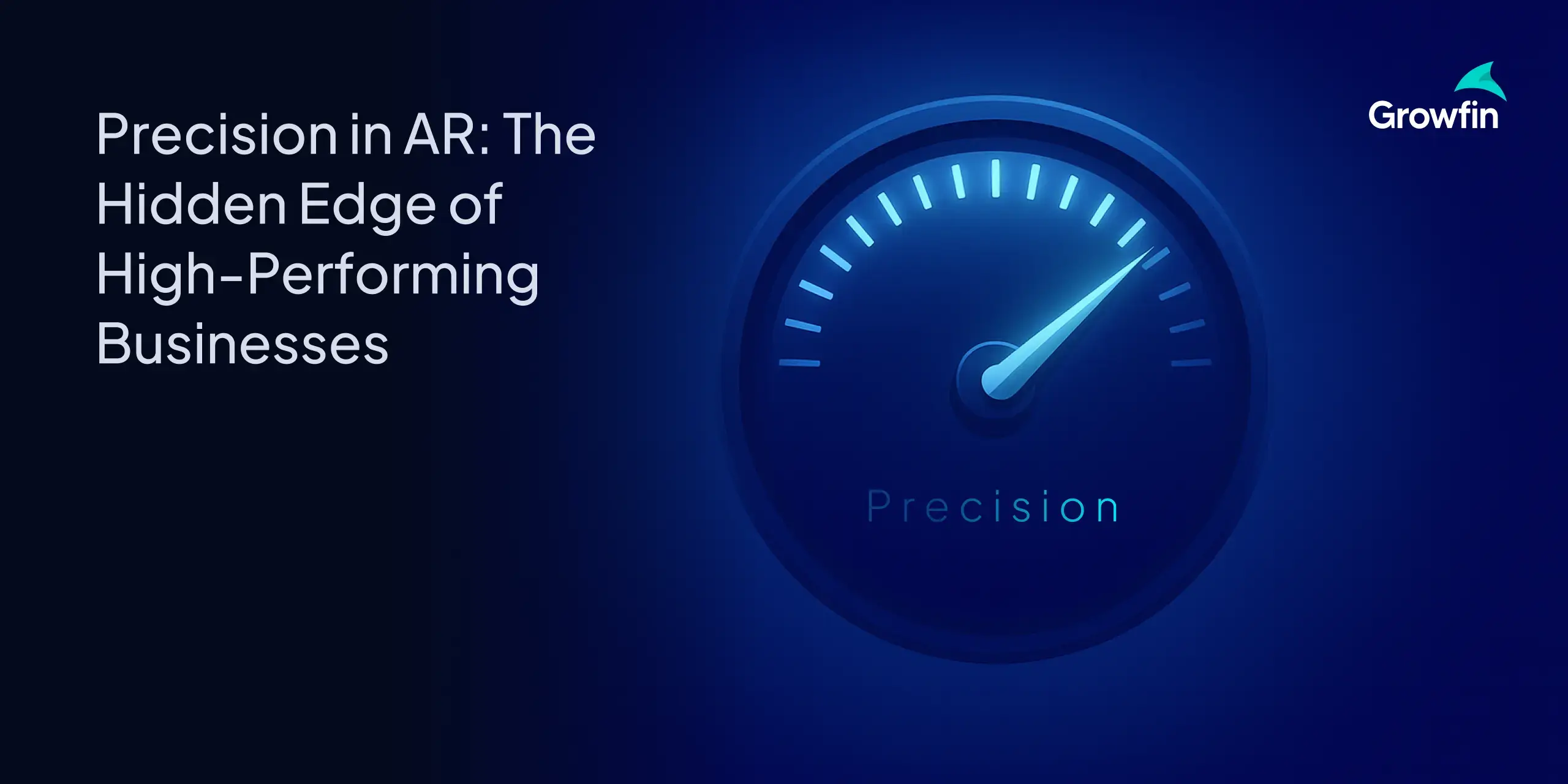
.webp)

.webp)
.webp)
.webp)
.webp)